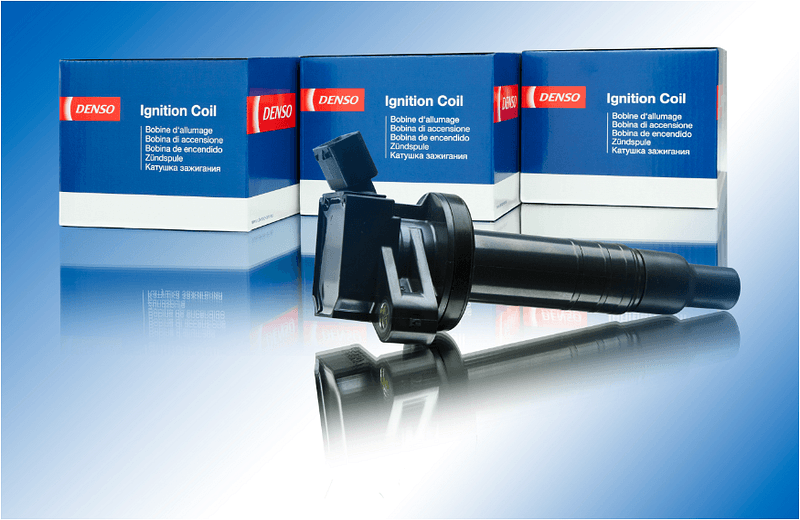Selecting and fitting the correct replacement ignition coil

This reality is particularly important when it comes to ignition coils. Not only they need to be of the correct specification to efficiently convert the low voltage power in the battery and the vehicle’s electrical system into the high voltage required for the ignition system, but they also should be tailored to specific applications.
Variations in ignition coil design include the type (block, distributor, stick and coil on plug), the number of poles, the connector type (whether male or female) and the shape. So, to select the correct replacement for the application, it is wise to use the VIN (vehicle identification number), or the Original Equipment (OE) part number, and cross reference it with DENSO E-catalogue.
Once the replacement ignition coil has been identified, it must be correctly installed, which is achieved by the following procedure:

First, it is important to take safety precautions, so make sure the engine is cool and apply the hand brake. Then disconnect the negative terminal to the battery and wait at least 90 seconds as this will help ensure there is no electrical shocks or damage to the electrical system.
Once the ignition coils have been located, which usually involves removal of the engine cover and sometimes the intake manifold must also be removed to reach them, unplug the connector of the Ignition coil and unscrew the mounting bolt. If in doubt, an application-specific repair manual will explain where to find the ignition coils, as well as which coil relates to different error codes.
Ideally, pull out the old ignition coil by hand, although in some applications a flat head screwdriver is needed to disconnect the connector. Then compare the old ignition coil with the new one to make sure it is the correct type, shape and size as the original. Once satisfied, mount the new ignition coil, fasten it with the bolt and plug in the connector, but make sure that it clicks in properly, otherwise the ignition coil may malfunction.
Finally, reconnect the negative terminal to the battery and start the engine to ensure the new ignition coil is functioning correctly and clear any engine fault codes related to ignition coil failure.
DENSO ignition coils offer a compact, innovative cylindrical design, optimised for small engine sizes. They provide rapid voltage generation through enhanced magnetic efficiency and, by using high quality materials, increase reliability and minimise engine misfires. In addition, because they do not require a high-tension cable, they are quick and easy to install.
To quickly identifying the correct replacement ignition coil, visit the DENSO website.
Further details of the DENSO ignition coil range are available at the Ignition product page.




















































